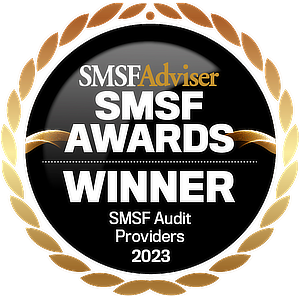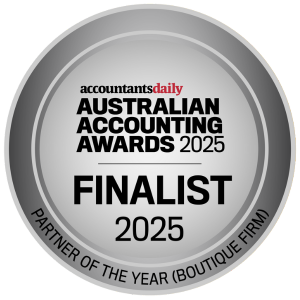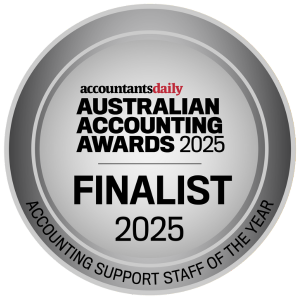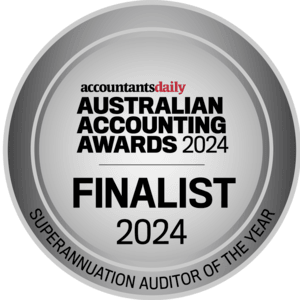Whilst reviewing several thousand SMSFs ever year it is common for our auditing team to see trends in both investments and superannuation strategies. One such trend that has been available since the inception of ‘DIY funds’ but seems to have become more popular in recent years, is the use of what I label ‘semi-related unit trusts’.
Definition
An accurate albeit unwieldy description of the structure we are seeing might be ‘unrelated unlisted non-widely held unit trusts’. Despite the cumbersome name, a typical simple example could involve several friends, business partners or occasionally strangers pooling their superannuation resources through a unit trust, which is then used for some sort of business venture and/or investment.
Many advisors would have already seen such simple structures employed for the purchase of property, especially commercial premises used by the members. The classic scenario is where several professionals in business, use the structure to acquire and hold the premises they operate in, essentially paying rent to their SMSFs. This is a relatively non-controversial structure and has been around for decades, however what we are increasingly seeing is a more advanced version.
The most common example I encounter involves property development which might involve several developers, real estate agents, and/or other related professionals. These parties pool their resources to not just purchase a property, but to also engage in property development activities usually involving substantial sums of money. Other business ventures can also work – I have seen this structure used successfully for Angus beef livestock operations and another involving the provision of business finance to third parties. The advantages of this structure can be tremendous to the members – not only are development and business profits generated within a concessionally taxed environment (or no tax in the case of full pension SMSFs) but the trustees/members are channeling their superannuation resources into investment activities they are familiar with and possess unique skills in.
This is in contrast to the traditional destination of contributions: the share markets, the vagaries and volatility of which, are a mystery to many business people. Whilst the benefits of this structure are obvious they come with significant compliance risks and the danger of breaching several parts of the SIS Act.
Running a Business and the Sole Purpose Test
The idea that superfunds cannot run a business or be involved in any sort of business activity is still surprisingly prevalent amongst SMSF practitioners, despite there being no direct legal basis for it within the SIS Act. Indeed several large industry funds have property development arms specifically designed to boost the returns of their members.
The reality is that SMSFs can engage in non-passive investment activity, however care must be taken that it does not fall foul of the sole purpose test. Employing family members or engaging in activities that seem to financially prop up the members’ business are two examples where this test might be failed. However, the often stated purpose of the semi-related trust structure is to simply maximize the investment returns of the unit-holders using the members’ specialist knowledge. This in turn clearly boosts their retirement benefits.
Assuming there is nothing that contradicts this, the sole purpose test should be satisfied.
In-house Assets and Related Party Rules
A more complicated issue is ensuring that the structure is not a related trust and is therefore not in breach of the in-house asset test. Ideally this is done before the structure is created. To review it properly, the business and family connections of all prospective unit-holders need to be mapped out, to ensure that no family group including their Part 8 associates ‘control’ the trust (i.e. 50% ownership and voting control).
Needless to say, this can be a time consuming and elaborate process. I have seen one such structure torpedoed because several of the prospective participants (or their siblings) were involved in a completely separate investment syndicate run as a partnership.
Arm’s Length dealings (s.109)
Another major concern is that the various parties involved ensure that all dealings with the semi-related trust are at arm’s length (s.109). Often the semi-related trust will make use of the unique skills and knowledge of SMSF members and/or services that their related entities might provide. This could be anything from marketing skills, to selling the finished development, to employing a building company owned by one of the members to actually run the development.
It is imperative that any dealings with SMSF members be well documented. Any fee charged to the fund should be akin to what you would expect to see had the member been dealing with a normal client, and any such invoices should be settled in a timely fashion. The slightest deviation from this could open the arrangement to be caught by the non-arm’s length income tax provisions and be taxed at 45% within the Fund.
Other Issues
Borrowings – As the semi-related unit trust is not an in-house asset or a related trust pursuant to Reg. 13.22C, the borrowing restrictions contained in s.67 do not apply. In many ventures this aspect is a vital requirement of the underlying transaction. It is also possible for members and their entities to lend money to the semi-related unit trust however care must be taken that any such loans are on commercial terms.
Investment by non-SMSFs into the semi-related trust – It is entirely reasonable for non-SMSF entities used by the members to also invest in the semi-related unit trust, further increasing its size and therefore investment opportunities. However, care must be taken that the control test within the in-house asset rules is not triggered. I have seen several instances of hybrid trusts involving different classes of unit and while they can work if structured correctly, they can also potentially create non arm’s length income issues.
Investment Strategy – The investment strategies of any SMSFs seeking to invest in a semi-related unit trust should be reviewed by the trustees and amended if necessary. In the past I have also encouraged trustees to prepare an addendum to their main strategy that explicitly discusses the investment characteristics of the investment and the reasoning behind making the investment.
Taxation
Although not strictly a SIS compliance issue it is worth noting that many of these semi-related unit trusts will be caught as public trading trusts under div 6C of the ITAA 1936 and taxed as companies. Most trustees see this more as a taxation timing issue and as such an inconvenience rather than a serious problem but advisors still need to be aware of it. Draft amendments to s.102MD may largely remove this issue.
Conclusion
The use of these semi-related trusts by groups of SMSF trustees can be incredibly powerful, however they are also full of compliance dangers. It is imperative that any trustee should rigorously check the proposed structure with a qualified SMSF advisor and ideally their auditor before embarking on it.
– Christopher Levy, partner, Aquila Super
Published in SMSF Advisor Magazine April 2016















